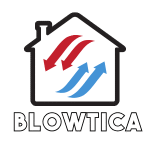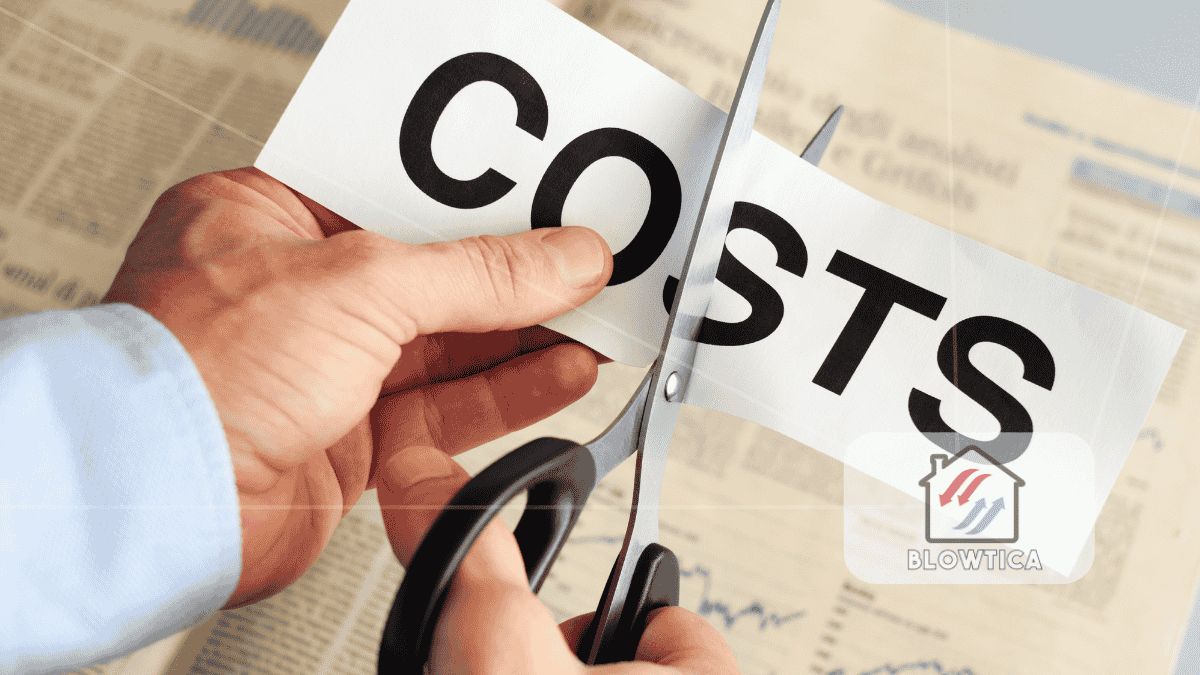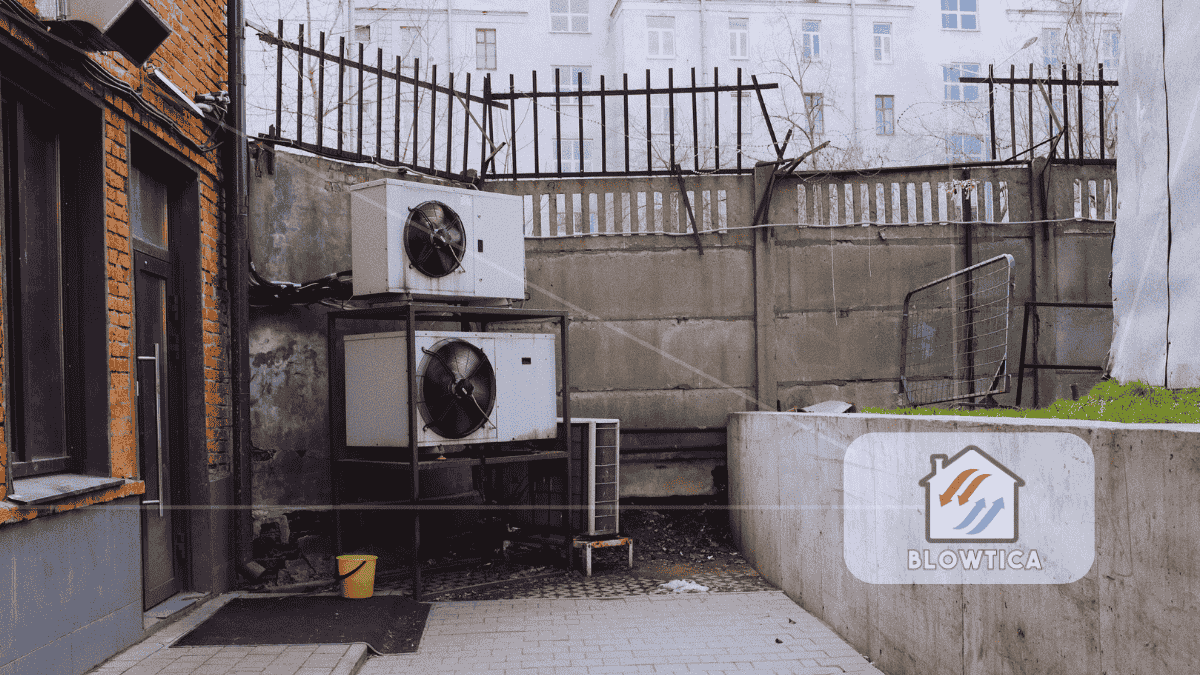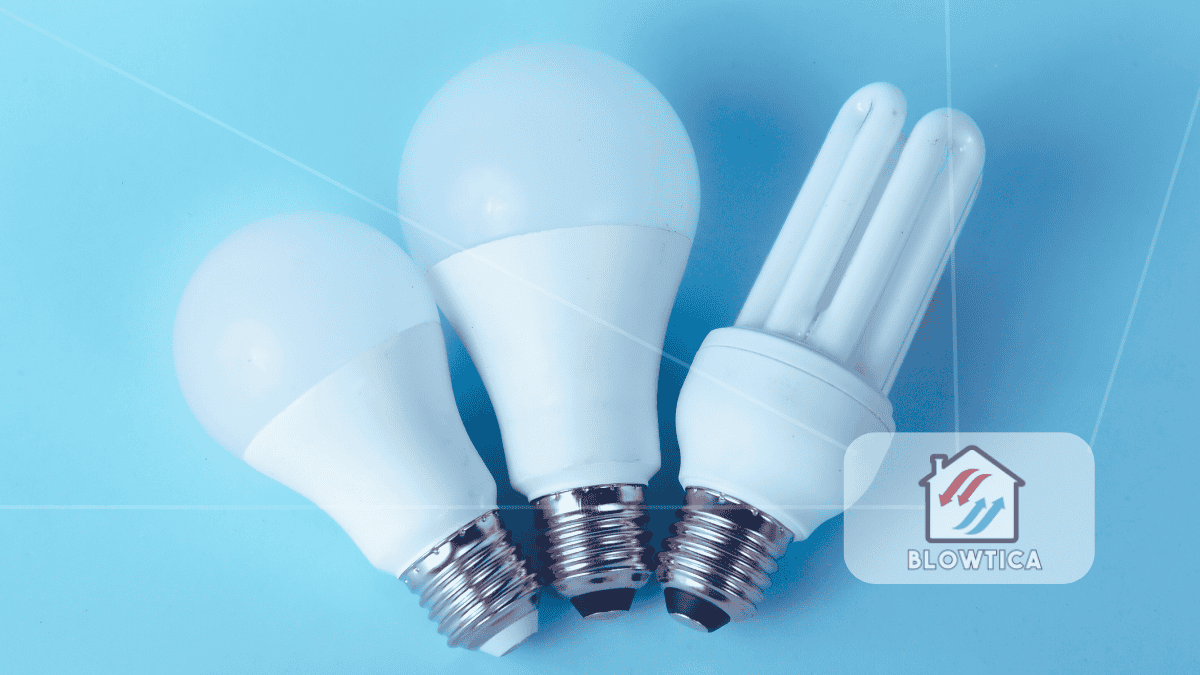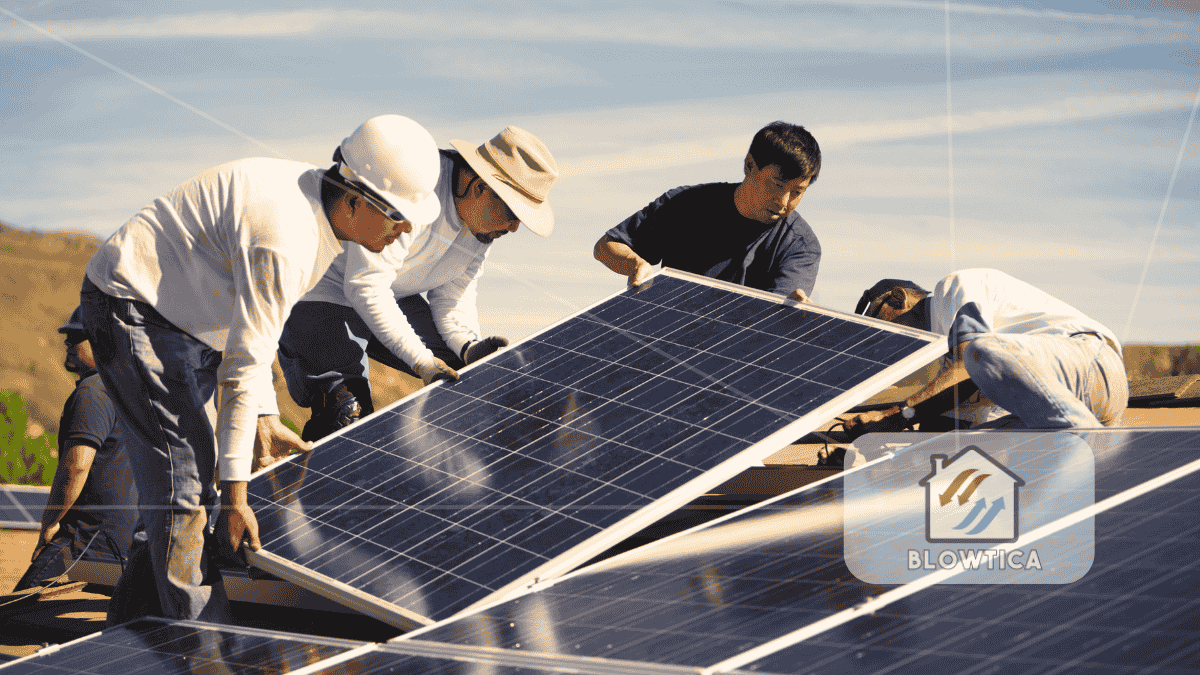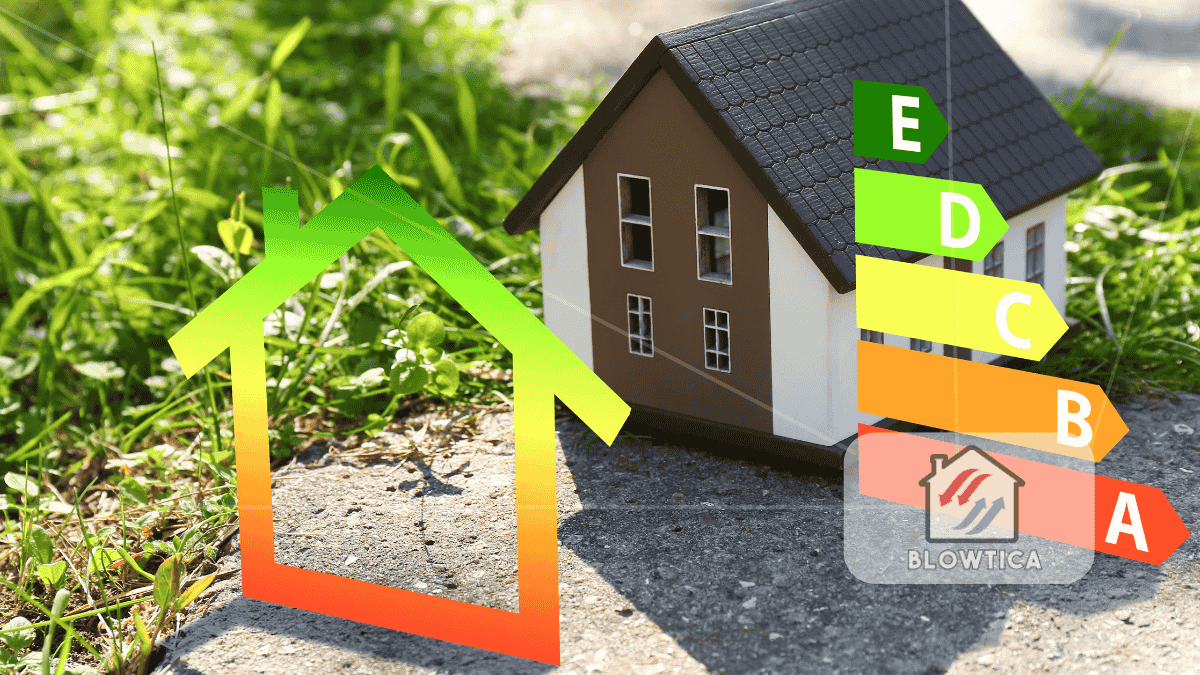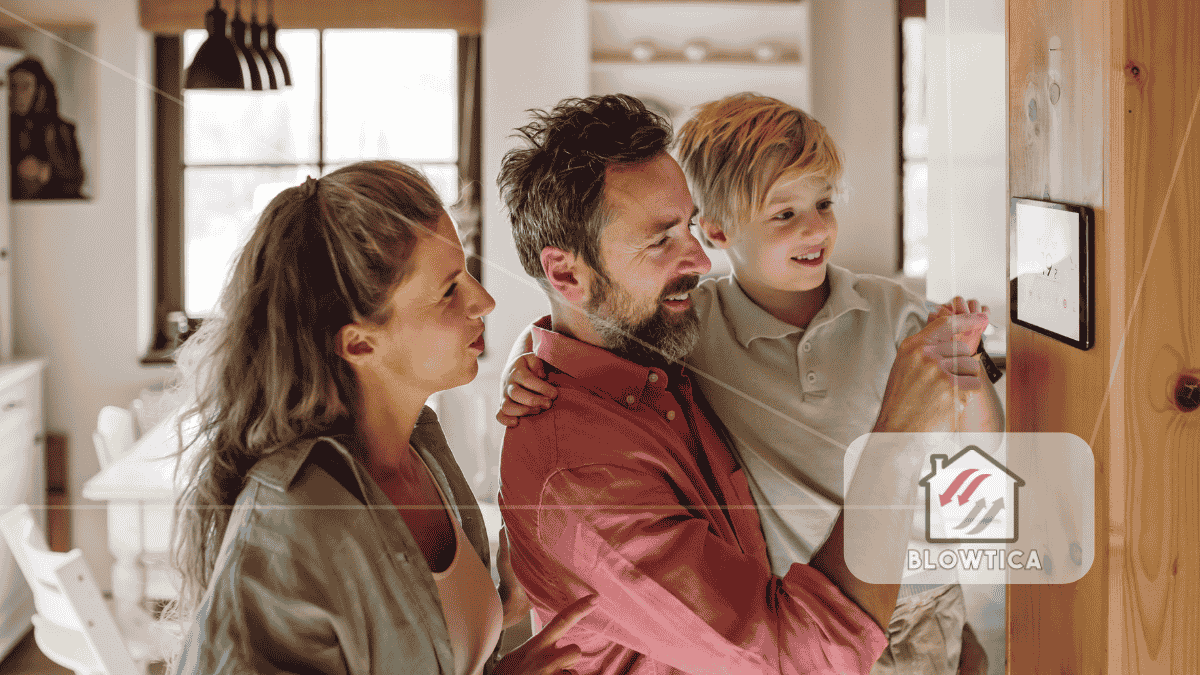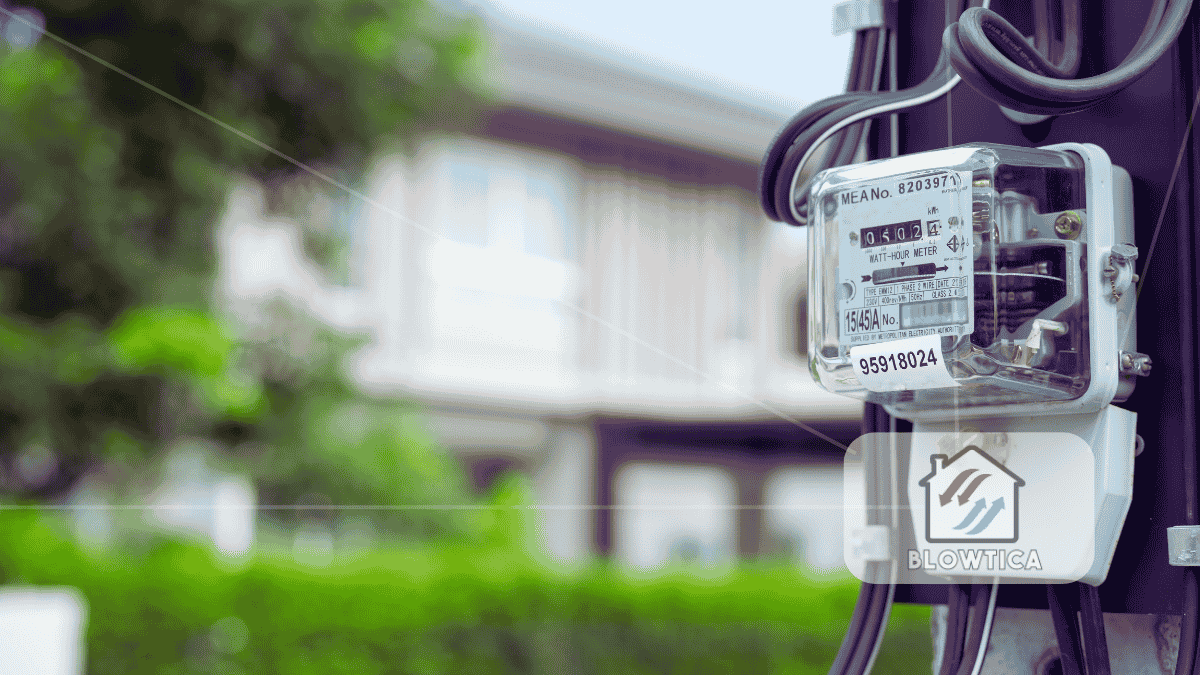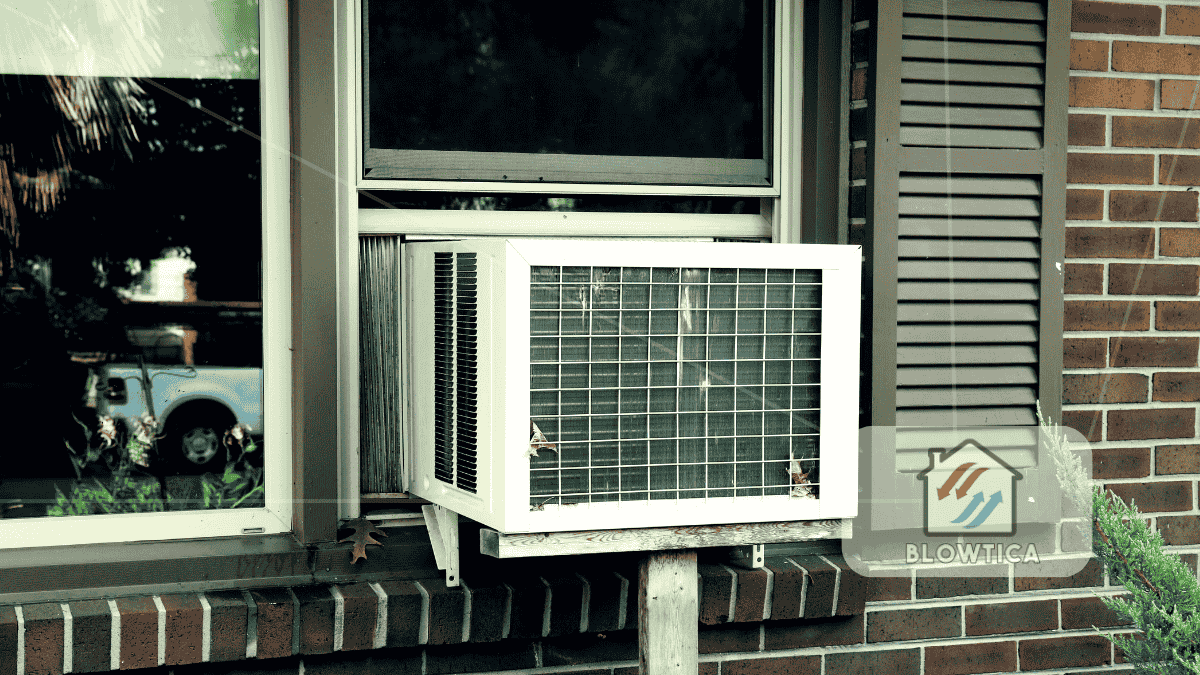
Replacing old air conditioners isn’t just about beating the heat—it’s a financial decision with long-term consequences. If your current unit is old, underperforming, or on its last leg, hanging on to it might be costing you more than it’s worth.
In this in-depth guide, we’ll walk you through when replacing old air conditioners makes sense, how to calculate the real return on investment (ROI), and what top HVAC upgrades can stretch your dollar further while improving comfort at home.
Why Replacing Old Air Conditioners Is More Than a Repair Issue
Too often, homeowners wait until their air conditioning system breaks down completely before thinking about a replacement. But by then, you’re facing a rushed decision and limited options.
More importantly, aging systems become a silent financial leak:
- Lower efficiency means higher bills
- Outdated technology means fewer features and controls
- Frequent breakdowns mean compounding repair costs
- Environmental and regulatory changes make older systems obsolete
If your AC is more than 10 years old, it likely has a SEER rating of 10–13. Compare that to modern systems with SEER2 ratings of 16–25, and the energy savings become significant.
Real-World Comparison: Old vs. New AC Systems
| Feature | Old AC (10+ yrs) | New High-Efficiency AC |
|---|---|---|
| SEER Rating | 10–13 | 16–25+ |
| Refrigerant Type | R-22 (phased out) | R-410A / R-32 (eco-safe) |
| Energy Usage | Higher | Up to 40% lower |
| Noise Level | Louder | Quieter, variable speed |
| Smart Home Integration | None | Standard in many models |
| Average Repair Frequency | 1–3x per season | Rare in first 5 years |
6 Clear Signs You Should Replace, Not Repair
Knowing when to pull the trigger on replacing old air conditioners comes down to recognizing the signs early:
- It’s Over 10–12 Years Old
Modern systems have shorter cost-effective lifespans. Older systems might run, but at a hidden cost. - Spikes in Energy Bills
If your utility bills creep up every summer, it’s likely your AC’s efficiency is slipping. - Uneven or Weak Cooling
Hot spots, poor airflow, or the need to constantly adjust the thermostat are all warning signs. - Constant Repairs
Multiple service calls each season indicate your unit is near the end. - Unusual Noises or Smells
Buzzing, grinding, or electrical smells point to deeper mechanical issues. - Uses Outdated Refrigerant (R-22)
Servicing these systems is expensive and getting harder every year due to regulatory bans.
How to Calculate ROI When Replacing Old Air Conditioners
Looking at upfront cost alone doesn’t tell the full story. ROI is about what you save and gain over time.
Let’s break it down:
Example ROI Calculation:
- Old Unit Monthly Summer Cost: $200
- New Unit Monthly Cost: $120
- Savings per Year (5 months cooling): $400
- 10-Year Savings: $4,000
- Add reduced repairs and maintenance (~$200/year): +$2,000
- Net Investment Return over 10 Years: ~$6,000
That’s not including any resale value boost or the comfort increase. When planned right, the upgrade pays for itself and then some.
The Best Time to Replace Your AC
Timing plays a big role in maximizing ROI.
- Spring or Fall: Avoid emergency summer installs when HVAC companies are busiest.
- Before Total Failure: Planned upgrades give you room to compare options and pricing.
- Before Selling Your Home: A new system can be a major value signal to potential buyers.
What Top HVAC Upgrades Should You Consider?
If you’re already replacing your air conditioner, it’s smart to make other improvements that increase efficiency and comfort. These top HVAC upgrades add real value:
1. Smart Thermostat
Gives you remote control, learning capabilities, and detailed energy use insights.
2. Zoning Systems
Split your home into independently controlled zones to avoid cooling unused rooms.
3. Variable-Speed Compressor
Runs at different speeds for smoother temperature control and lower energy draw.
4. Duct Sealing and Insulation
Poor ductwork can waste up to 30% of cooling. Sealing leaks is a cost-effective upgrade.
5. High-MERV Filtration
Improves indoor air quality significantly especially useful in homes with allergies or pets.
Environmental Impact: Why This Upgrade Goes Beyond Comfort
Old AC units are often energy hogs. Upgrading reduces your home’s carbon footprint and supports broader environmental goals.
New systems use eco-friendly refrigerants and meet stricter federal energy standards. If you care about sustainability, this is a meaningful change.
Plus, some cities and states offer rebates or tax credits for high-efficiency installations, which further boosts ROI.
Real-Life Example: Sarah’s AC Replacement Journey
Sarah, a homeowner in Texas, was using a 12-year-old central AC system. Every summer, her bill jumped to $350/month, and she had to service the unit twice a year. After replacing it with a 17 SEER2 unit and upgrading her ductwork, her bills dropped by 35%.
She also installed a smart thermostat, which allowed her to control the system remotely while at work. In her words:
“The difference was instant. The house cooled faster, stayed cooler longer, and my energy bill dropped right away. I wish I had done it years ago.”
Avoid These Costly Mistakes When Replacing Old Air Conditioners
It’s easy to miss details that affect performance and ROI. Avoid these common missteps:
- Skipping a Load Calculation: Guessing unit size leads to poor performance.
- Overlooking Duct Issues: Replacing the unit alone won’t fix airflow problems.
- Choosing Based on Price Alone: A cheap system might end up costing more long-term.
- Not Checking for Incentives: You could be missing out on $500–$2,000 in rebates.
Questions to Ask Before You Buy
Arm yourself with the right questions to make a smart choice:
- What is the SEER2 rating and estimated energy savings?
- What refrigerant does this system use?
- Does the installation include duct inspection?
- What’s covered under warranty, and for how long?
- Are there any local or manufacturer rebates?
Future-Proofing: Think Beyond the Next 5 Years
If you’re planning to stay in your home long-term, choose a system that’s compatible with evolving smart-home tech and regulatory trends.
- Wi-Fi-enabled thermostats
- Solar-ready HVAC components
- Systems that support dehumidification or air purification
The goal isn’t just cooling today, it’s keeping your home efficient and adaptable tomorrow.
Final Thoughts: Make a Calculated, Not Rushed, Decision
Replacing old air conditioners isn’t just a maintenance task, it’s a strategic move that can improve comfort, reduce costs, and increase home value. The key is to plan ahead, invest wisely, and avoid the temptation to patch a problem that keeps recurring.
When paired with the top HVAC upgrades, a modern cooling system transforms how your home feels and functions while saving you money in the long run.
